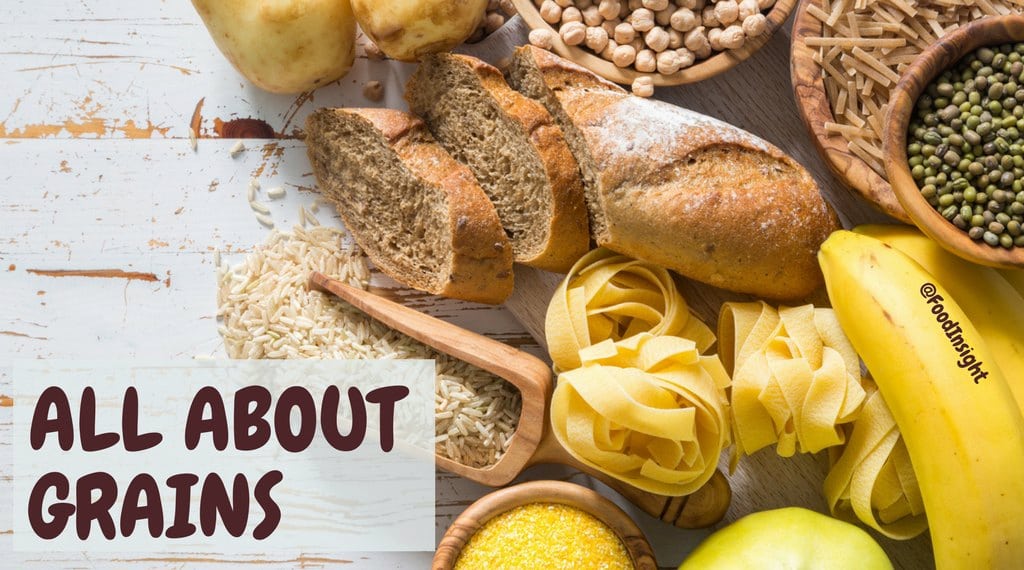Known as the “harvested seeds of grasses”, humans have been consuming grains for thousands of years. From maize (corn) originating in Mexico, to rice in Asia, to wheat in the Middle East, grains are diet staples in most cultures. In fact, these three account for 51% of the calories consumed globally. Grains seem to be everywhere, but now its time to take a hearty bite into the bounty.
The History of Grain Processing
These seeds fall into three different main categories: whole, refined and enriched. Whole grains are made up of the entire grain including; the bran, which contains fiber, B vitamins and antioxidants; the germ, which contains healthy fats, minerals, B vitamins and some protein; and endosperm, the largest part on the grain composed of mostly starch. Brown rice, whole wheat, oats and quinoa are all examples of whole grains. Whole grains can help to keep your gut healthy, blood sugar levels stable, and aid in weight loss.
New milling techniques discovered in the late 1800s allowed refined grains to emerge. This process removes the germ and bran which improves the texture, palatability and shelf life of grains and grain products. Some of the most common refined grain products include pasta, white bread and white rice. The downside to the refining process was that the fiber and nutrients, like B vitamins and iron, were getting lost. This processing “advancement” actually led to many nutrition deficiencies and diseases such as pellagra and beriberi since those nutrients were no longer in the grains people were eating.
Cue enriched grains and fortification!
To solve the deficiency problem, in the 1940s, many governments required refined grains to be enriched with certain B vitamins and iron to bring the levels back up to normal. Known as fortification, this process sometimes added more nutrients than what occurs naturally. For example, to prevent neural tube defects in developing fetuses, in 1998, the U.S. Food and Drug Administration (FDA) made it mandatory for refined grains to be fortified with folic acid. Some of the most popular and abundant snacks and meals, such as pasta, bread, cereal, and crackers, are made from enriched and fortified grains.
How much grains should we be eating?
According to the 2015-2020 Dietary Guidelines for Americans, It is recommended that people, who are adhering to a 2000 calorie per day diet, should consume 6 one ounce servings daily of grains. To put these recommendations into perspective, one serving is equivalent to a slice of bread, ½ cup of cooked pasta or cooked rice, or 3 cups of popped popcorn. It is important to keep in mind that at least half of your daily grains should be whole. To meet this recommendation, check the ingredient list and choose grain foods that list “whole grain” as the first or second ingredient. Since refined grains are enriched with important nutrients, it’s completely fine to make the other half of your grains non-whole.
Grains have been around for a very long time, and now you hopefully understand why. Grains are an important component of our diets and provide us with the energy and nutrients we need to get through each day. The versatility and large variety of grain and grain products make it easy for us to incorporate them into each meal.
This blog post was written by Juliana Yellin, a graduate student at American University.
